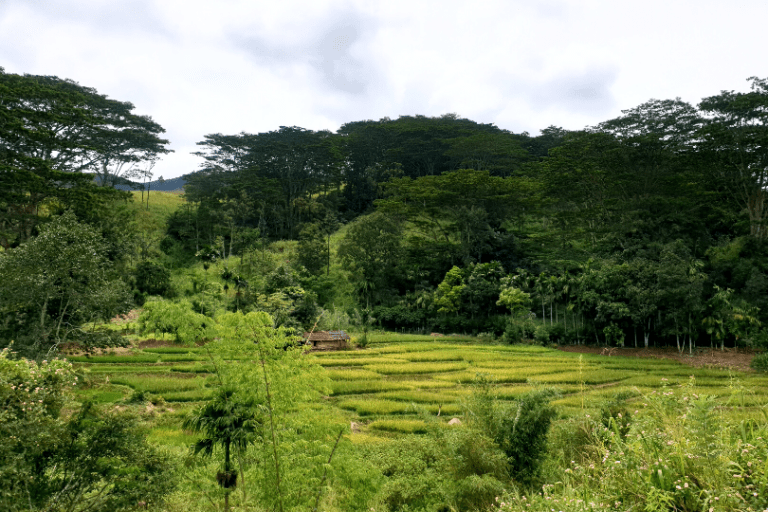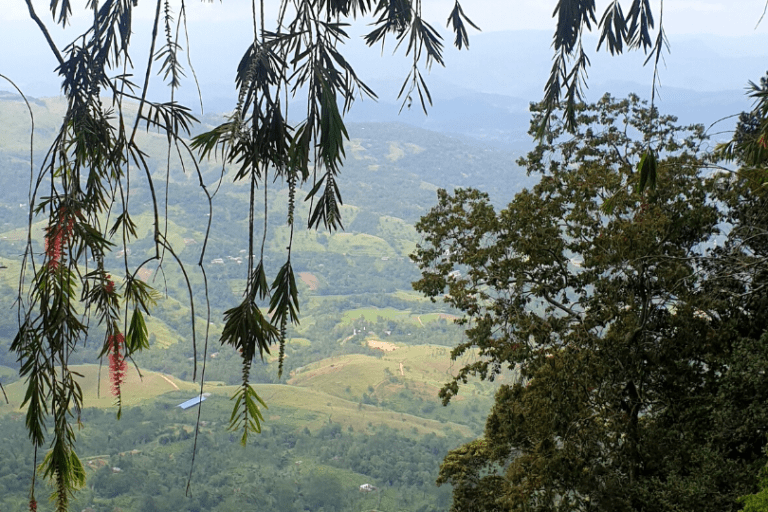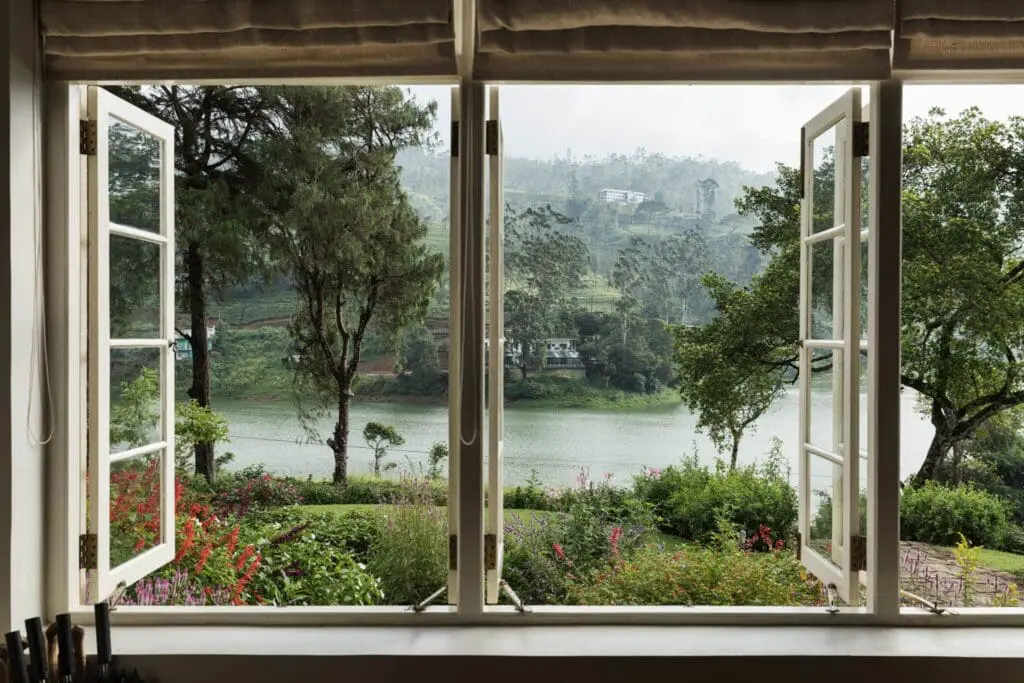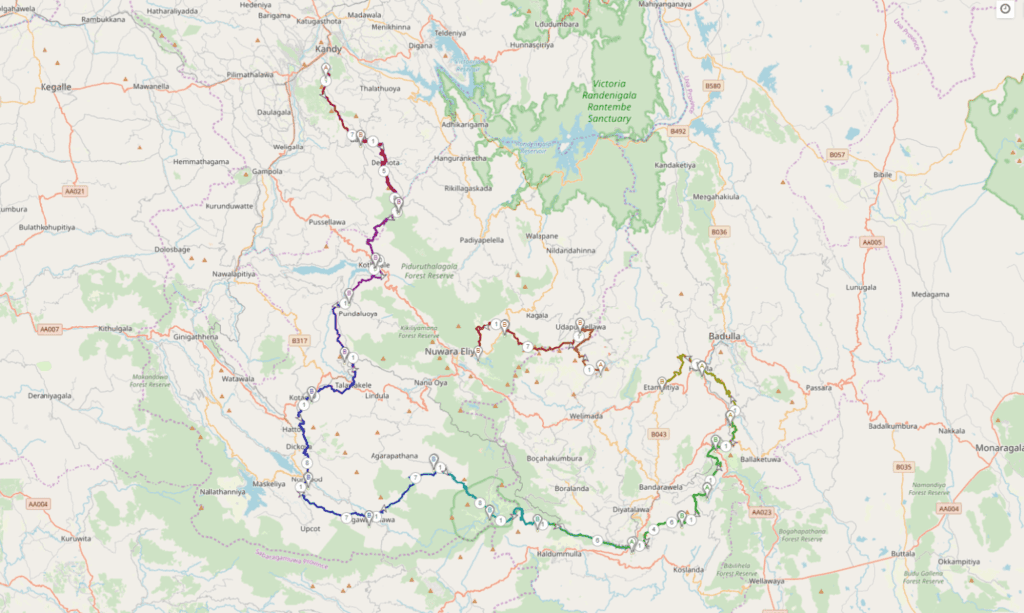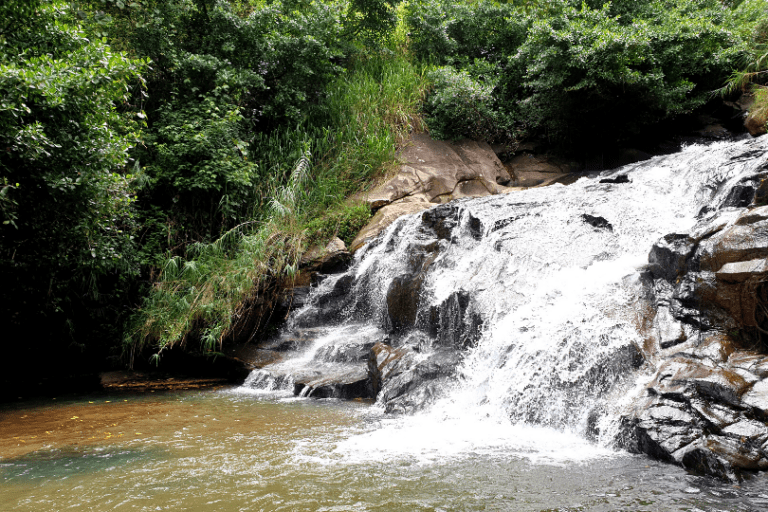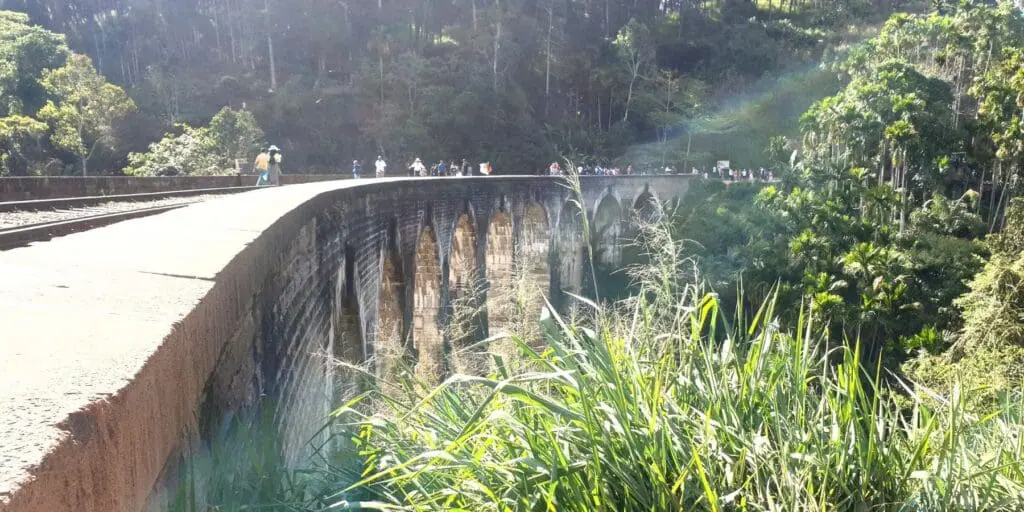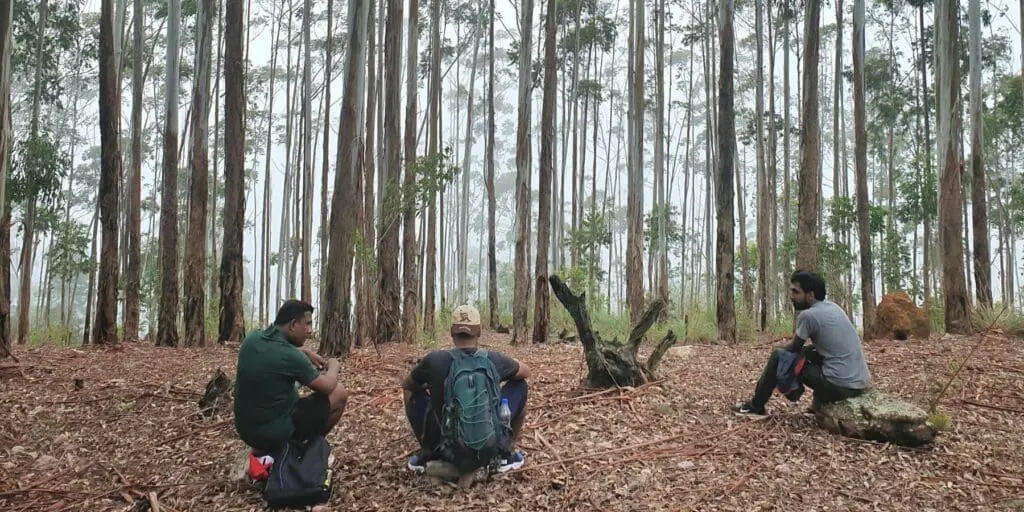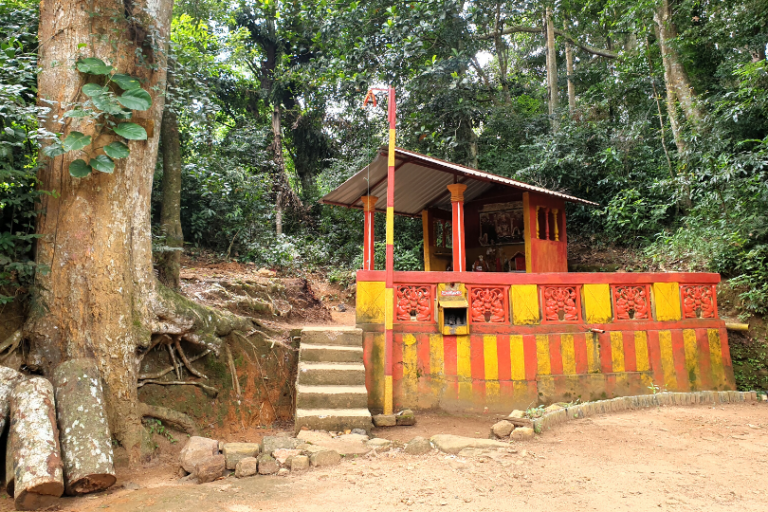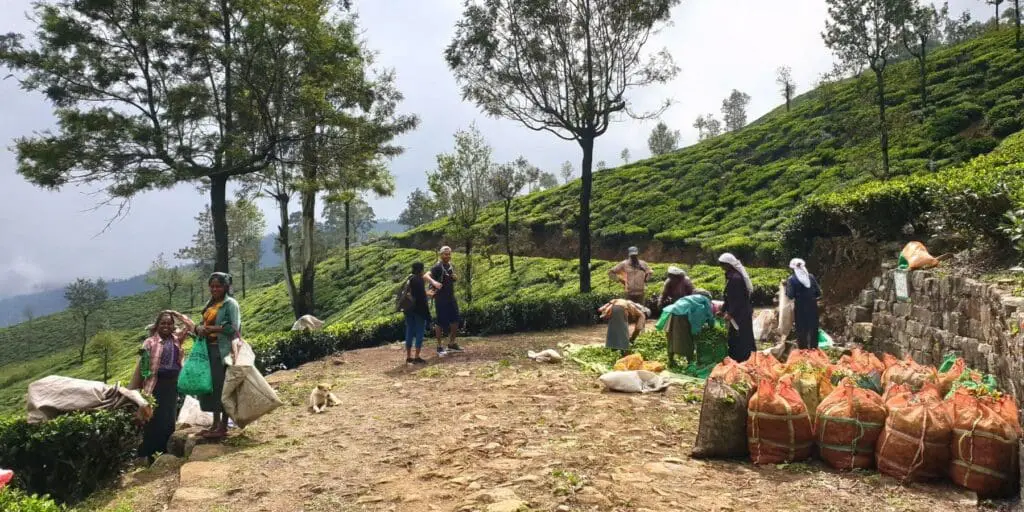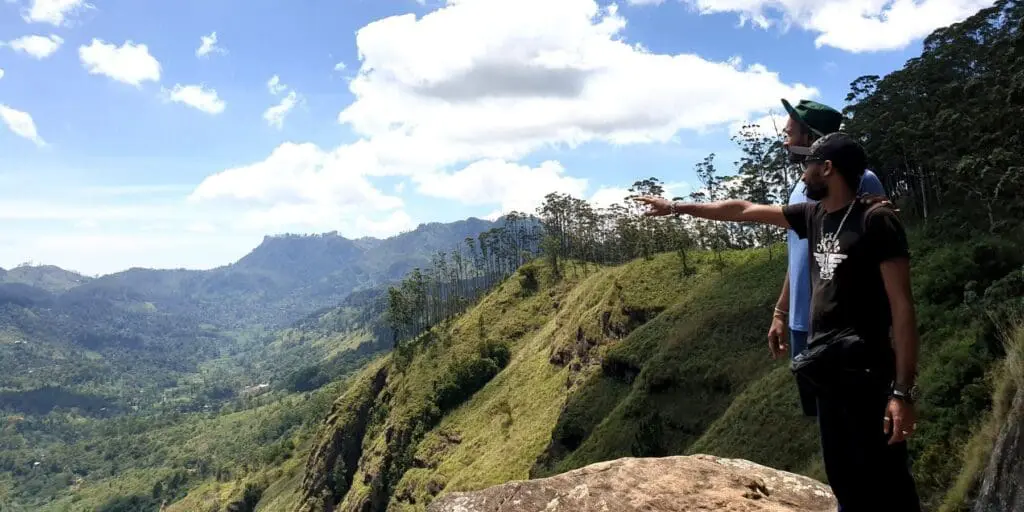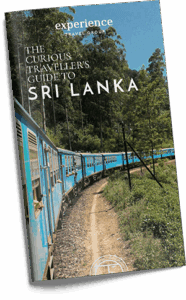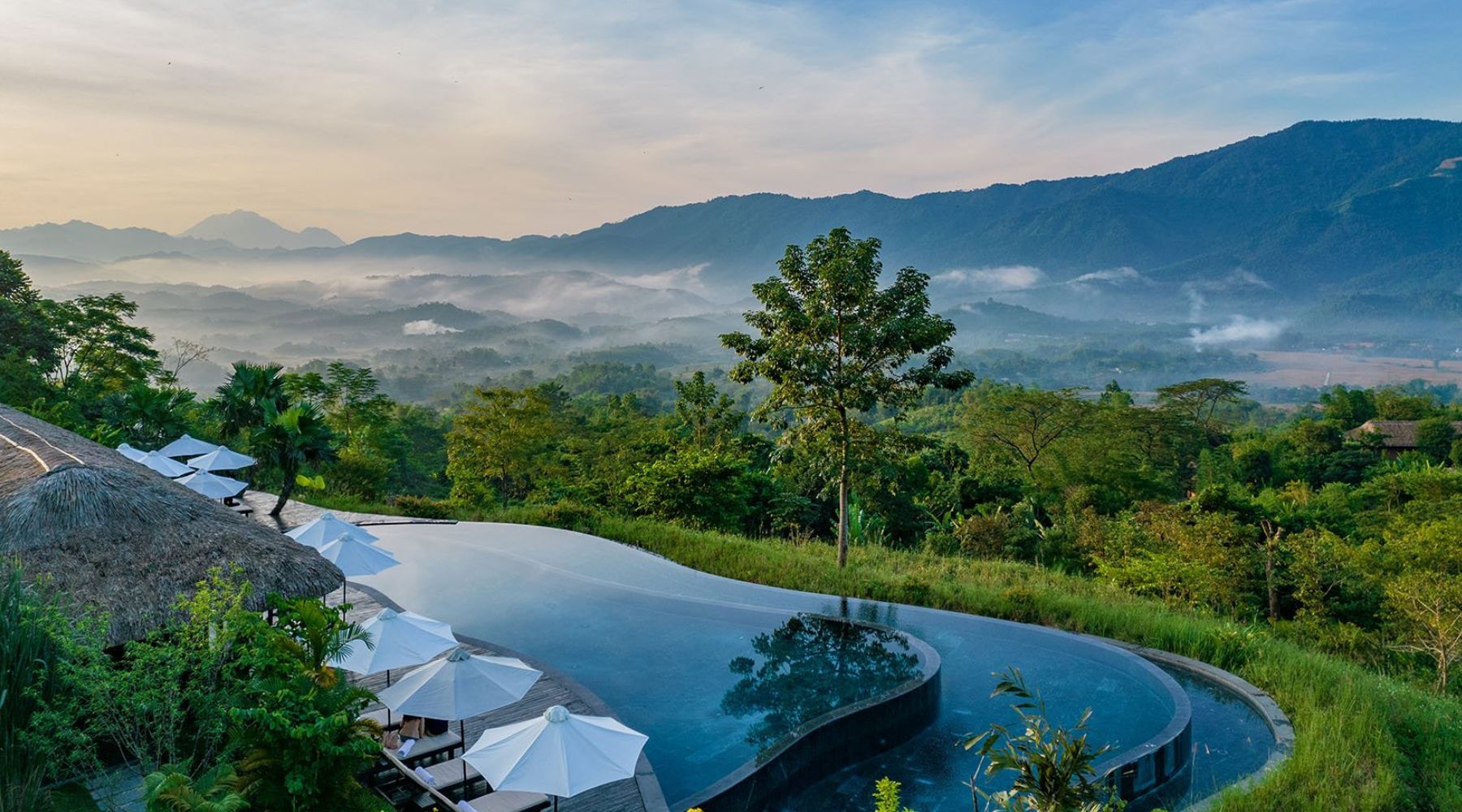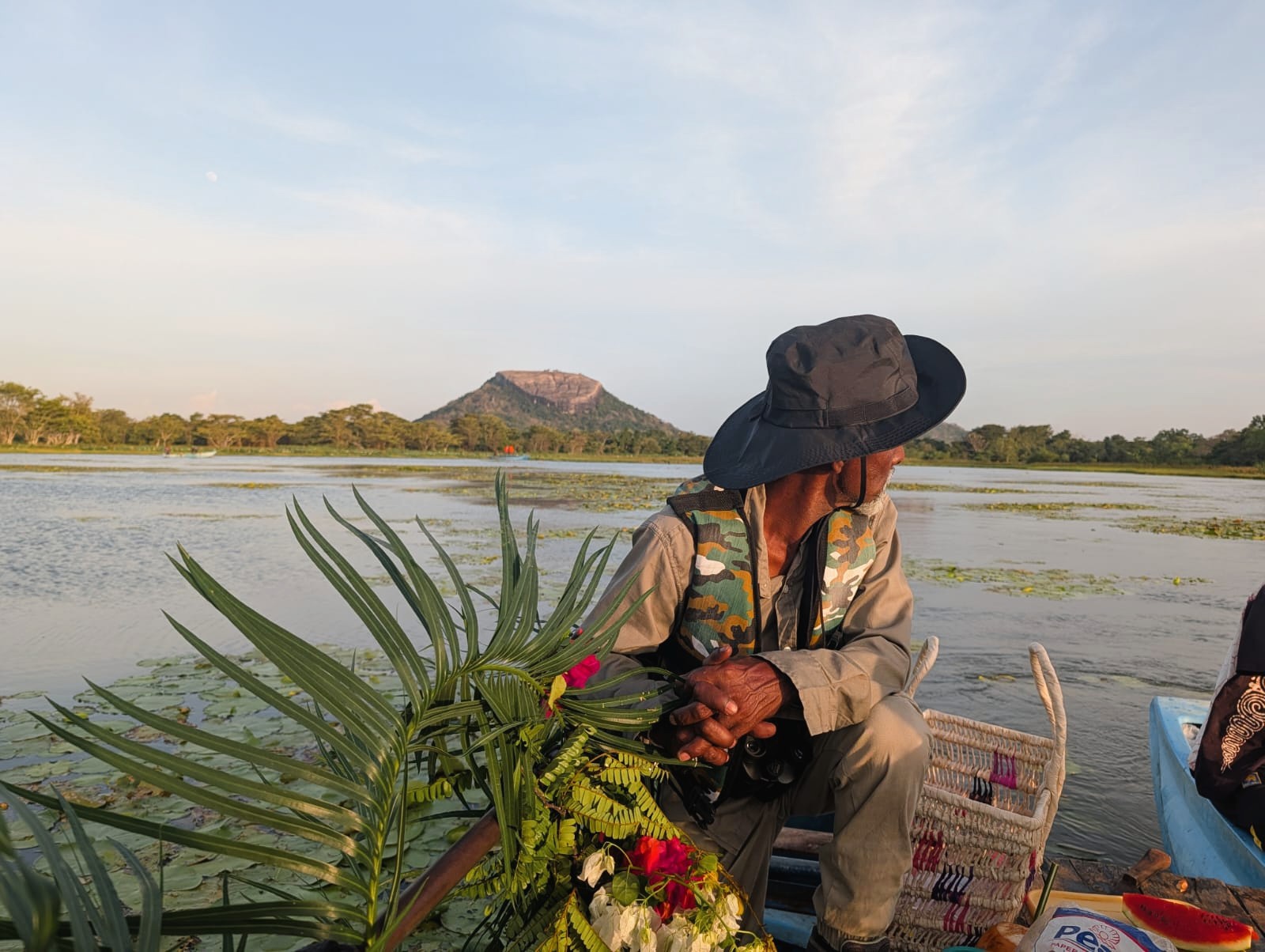What Historical Sites can be seen on the Pekoe Trail?
As you travel the Pekoe Trail stages, you can discover the history of tea. From the home of the first tea planter, James Taylor, to the first tea plantation in Sri Lanka, field No. 07 in the Loolecondera estate, you will find yourself passing old tea factories, British tea bungalows, muster sheds, carriage roads, the remnants of old pulley systems, as well as the bridges and railroads that transported the tea so delicately plucked and laboriously processed.


Communities on the Trail
While the emerald tea gardens, and the beloved cup of tea they produce, have enticed many a traveller to visit the island, the people who work in the plantations are most often seen only as a decorative element on the tea-covered slopes. Hiking the Pekoe Trail means going past the veneer, helping travellers understand the daily toil of the tea pickers, giving an opportunity to meaningfully interact with them, and to even walk through their villages that are often hidden within the estates. These paths are a two-way street. Giving trekkers an opportunity to experience a more holistic tea experience, and also enabling tourist dollars to seep into the communities that will benefit from this infusion. Something that they would not have seen before the introduction of the Pekoe Trail.

Everything You Need to Know Before Setting Off on Your Pekoe Trail Adventure
When spending long hours in nature, preparedness is key. Each trek may take between 2.5 hours to as long as 6 hours, depending on the trail and your level of fitness on the day. Therefore, a thorough understanding of the stages (or the right advice from our travel team) will help you be ready for the challenges of the trail.
As mentioned before, a sturdy pair of shoes are essential to take on the rugged terrain, and also for grip and support on slippery ground. While the hills are mostly cool, the sun can easily beat down, so bring your sunglasses, hat and sunblock. The other absolute essential is plenty of water! It cannot be stressed enough. We recommend carrying 2 litres with you. On the flip side, make sure to pack a raincoat as the weather can be very unpredictable. If you take any medication, carry it with you in a small backpack. For those with low blood glucose levels, carrying a few chocolate bars or sweets will come in handy.
We will provide light snacks and refreshments along the way, laying them out at a scenic spot. Independent travellers can easily pick something up from one of the local shops in the trailhead towns. We will also provide dry bags to keep your phones safe, in case it rains. We will also provide leech socks to keep away the crawlies.
Be sure to carry only the essentials with you. You do not want to add unnecessary weight to your backpacks or risk losing anything valuable. Bring just what is necessary, a little bit of money, your phone, camera and a power bank. Please avoid carrying significant amounts of money, wearing jewellery or carrying any other valuables. There is no reason to tempt fate.
If it is raining heavily before the trail, your guide will advise that the trek be cancelled, for safety. If it is not raining on the day but the rain has been pouring down for days, they may still advise that the trek be cancelled. Owing to the fact that some of the narrow dirt tracks can wash away with continuous rain, greatly increasing the risk and reducing accessibility.
It is best not to tackle the trails alone as there are long stretches where you may not meet anyone for several hours, and phone connectivity can be very spotty. Therefore, on the off chance that someone falls and sprains an ankle or for some reason cannot move, the other person may have to backtrack to find, or call, someone to assist. This is one of the main reasons we send all our clients with well-trained guides. Our guides are aware of the areas that are risky, are trained to look after clients in an emergency, speak the local language and have the local knowledge if anyone needs medical help.

